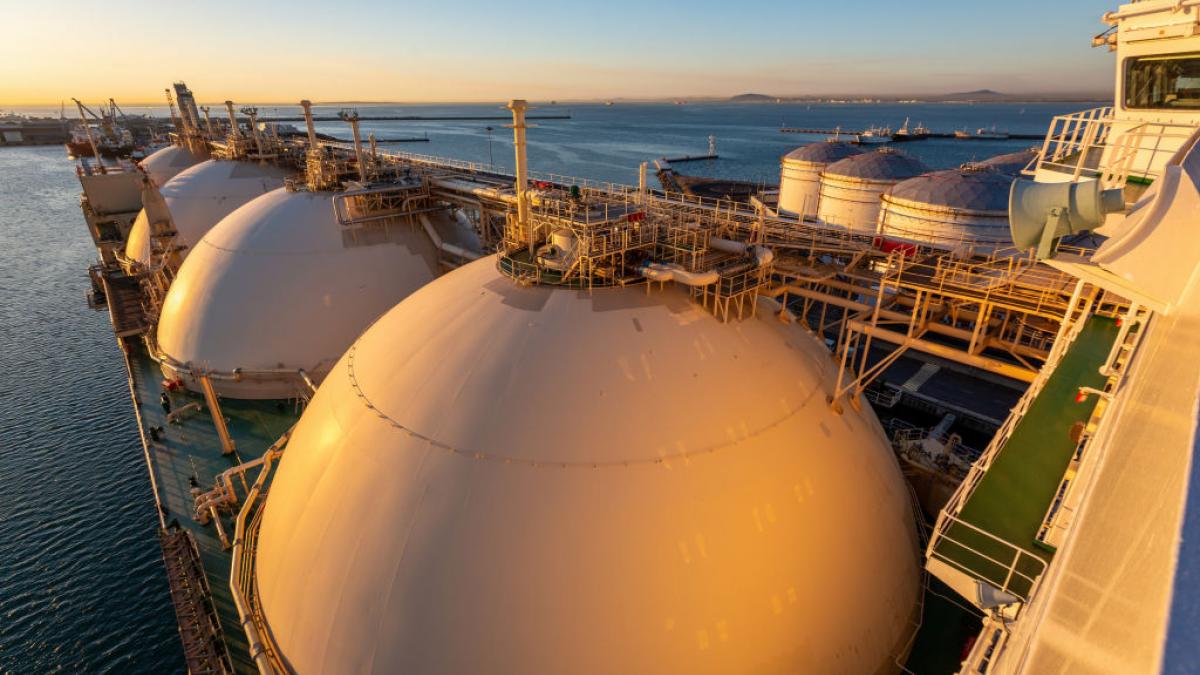Venezuela’s Oil Resurgence And India’s Strategic Balancing Act From Russian Oil, A Win-Win For India
The recent easing of U.S. sanctions on Venezuela has triggered a seismic shift in the global oil market, opening doors for the Latin American nation to revive its oil industry. After four years of stifling restrictions, Venezuela is poised for a significant uptick in crude oil production, potentially injecting 200,000 more barrels per day into the market with profound implications, not only for Venezuela's economic resurgence but also for global players, especially India, seeking to capitalize on discounted oil deals in the wake of evolving geopolitical dynamics and not relying on Russian oil alone.

Venezuela’s oil production is set to experience a modest increase following the recent relief from U.S. sanctions, marking a fundamental shift in the country’s four-year struggle with restricted oil exports.
The United States has initiated the first steps in dismantling these sanctions, opening the door for Venezuela, renowned for its substantial crude reserves, to potentially increase daily crude output by 200,000 barrels — a notable 25% surge in production.
However, this optimistic outlook, a consensus among analysts, is contingent upon the assumption that the sanctions will be substantially lifted.
Although the relief is temporary, granted through a six-month license facilitating transactions in Venezuela’s oil and gas sector; this move represents a significant development, allowing U.S. entities to resume oil purchases from Venezuela after years of abstention.
According to estimates from the U.S. Energy Information Administration (EIA), Venezuela’s crude oil production is expected to rise by less than 200,000 barrels per day (bpd), reaching an average of 900,000 bpd by the end of 2024.
The U.S. broadened its sanctions relief in October, extending a six-month window for Venezuela to produce and export crude oil to its preferred markets.
Despite these positive indicators, analysts remain cautious, anticipating that the sanctions relief will only lead to limited increases in oil production. Venezuela’s average daily production up to October fell short of the state-owned oil firm PDVSA’s 1 million bpd target, standing at 780,000 bpd.
According to the EIA, further production increases will necessitate substantial investment, addressing years of deferred maintenance and capital constraints.
Venezuela Oil Rush
As the U.S. eases sanctions on Venezuela, the country is emerging as a new focal point for oil deals, attracting global businessmen, including those from India.
However, for India, which imports nearly more than 84 per cent of its crude oil, it marks a positive as prices have dropped below USD 80 per barrel from recent highs of USD 96 per barrel.

India’s Gain
Amid Russia’s reduced discounts on crude-oil trades with India, the newly accessible Orinoco belt route in Venezuela is enticing oil importers.
The Orinoco Belt is a territory in the southern strip of the eastern Orinoco river basin in Venezuela which overlies the world’s largest deposits of petroleum. The oil from this region is called Merey, a heavy-grade crude. But Indian refiners are capable of refining this grade. Heavy-grade crude is thicker and denser. Extra-heavy crude has an API (American Petroleum Institute) gravity of less than 10 degrees, which means it sinks rather than floats in water. Heavy crude goes through a more complex refining process, where contaminants like sulfur are removed.
It is said that Venezuela is offering India a 10 per cent discount over Russia’s crude oil, and India is keen to take this offer.
Before the sanctions, Venezuela remained the key market for oil imports, with almost 28 per cent of imports; likewise, for Venezuela, India was the primary market with a proximity of less than 10,000 miles.
In the medium term, increased oil supply from Venezuela is expected to stabilize prices while OPEC attempts to uphold production cuts to maintain elevated global oil prices.
According to experts, reintroducing Venezuelan oil to the world market will not have severe repercussions in terms of either supply or price. Also, the productivity of PDVSA, the Venezuelan state-owned oil and natural gas company, is still exceptionally low and cannot be ramped up in the short term, especially given that sanctions have only been lifted for six months.
It is to be noted that since 2019, intermediaries from Mexico to West Asia have helped trade Venezuelan oil, usually to independent refineries in China, via resellers in Malaysia.

From Russia To Venezuela
India’s strategy involves continuing to benefit from Russia’s and Venezuela’s discounted oil and has already saved more than USD5 billion by importing discounted Russian oil.
India’s oil imports from Russia were less than 1%, but after Russia invaded Ukraine, oil imports surged; around 40% of overall oil requirements today come from Russia due to deep discounts offered by the country. Indian refiners have been lapping up these discounted barrels, catapulting Russia to the top spot among India’s oil suppliers.
As the oil imports from Russia grew, Moscow replaced traditional suppliers like Iraq and Saudi Arabia, India’s most prominent suppliers under normal circumstances.
Iraq was the second-biggest supplier, with a share of 21% by volume, while Saudi Arabia accounted for 16.4% of oil supplies to India.

However, experts maintain that India will continue importing discounted oil from Russia, which is coming up with its own fleet of ships; earlier, Russia was using European cargo ships to export oil.
Hence, the cost of transportation and insurance can also be negotiated; the price pressure point of Europe imposing additional tariffs on Russia on insurance and freight (because of the sanctions) will likely come down.
Indian Refineries, A Game Changer.
The lifting of sanctions to alleviate oil prices and inflation has notably benefited Indian refiners.
Companies like Reliance Industries (RIL) and Nayara have capitalized on importing Russian crude at a large scale, refining it, and selling surplus to Western markets.
While RIL is a significant player in the India-Venezuela trade, it has gradually decreased imports from Venezuela since U.S. sanctions, despite having long-term contracts until 2027.
Over the years, RIL’s refineries have processed nearly 150 different grades of crude oil. As a result, RIL’s gross refining margin (GRM) was USD18 per barrel in 2022, about USD5.5 more than the benchmark Singapore refining margin.

India’s Advantage
Lower crude prices offer multiple advantages for India, impacting both fiscal and macroeconomic aspects.
Each dollar reduction in oil prices is estimated to decrease India’s annualized current account deficit by approximately USD 1.4 billion.
As the average international crude price is expected to range from USD 70 to USD 90 per barrel during FY24, India finds itself in a favorable position with both Russian and Venezuelan oil supplies, enhancing its crude basket and fortifying its energy security and economic stability.
The Last Bit, as the U.S. eases sanctions and Venezuela reclaims its position as an oil powerhouse, the global energy sector will likely go through a major shift.
For India, a significant consumer of crude oil, this move is a positive as it can strategically manoeuvre through discounted deals from both Russia and Venezuela, thus ensuring a diversified and cost-effective oil supply.
Similarly, lifting sanctions not only fuels Venezuela’s economic recovery but also gives India an advantageous position in managing its oil requirements.
The coming months will unveil whether Venezuela can sustain its production increase and whether India’s strategic balancing act in oil diplomacy proves resilient in the face of dynamic global forces.



